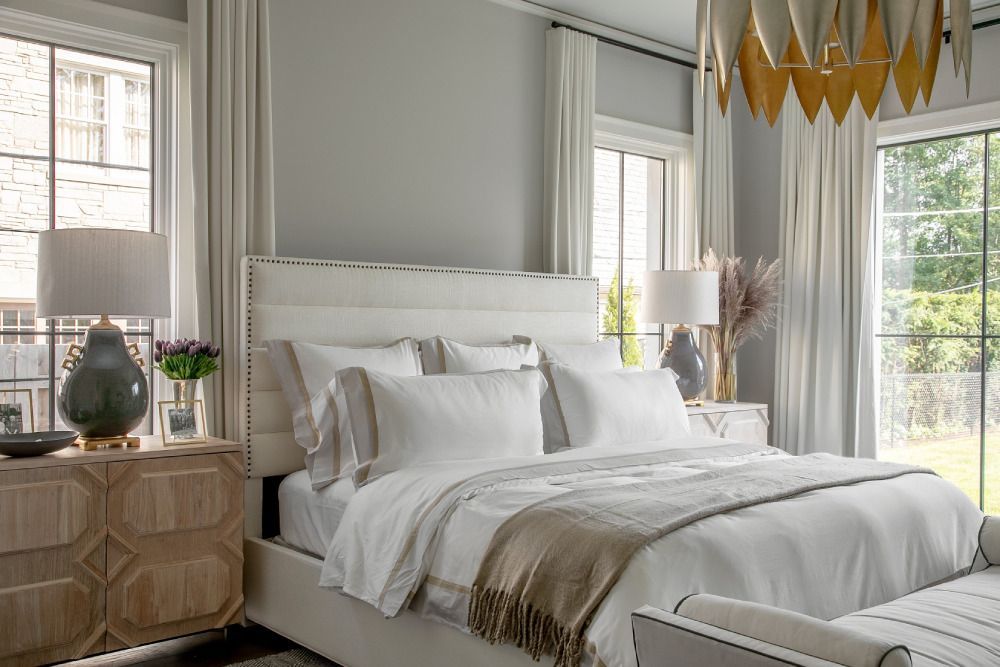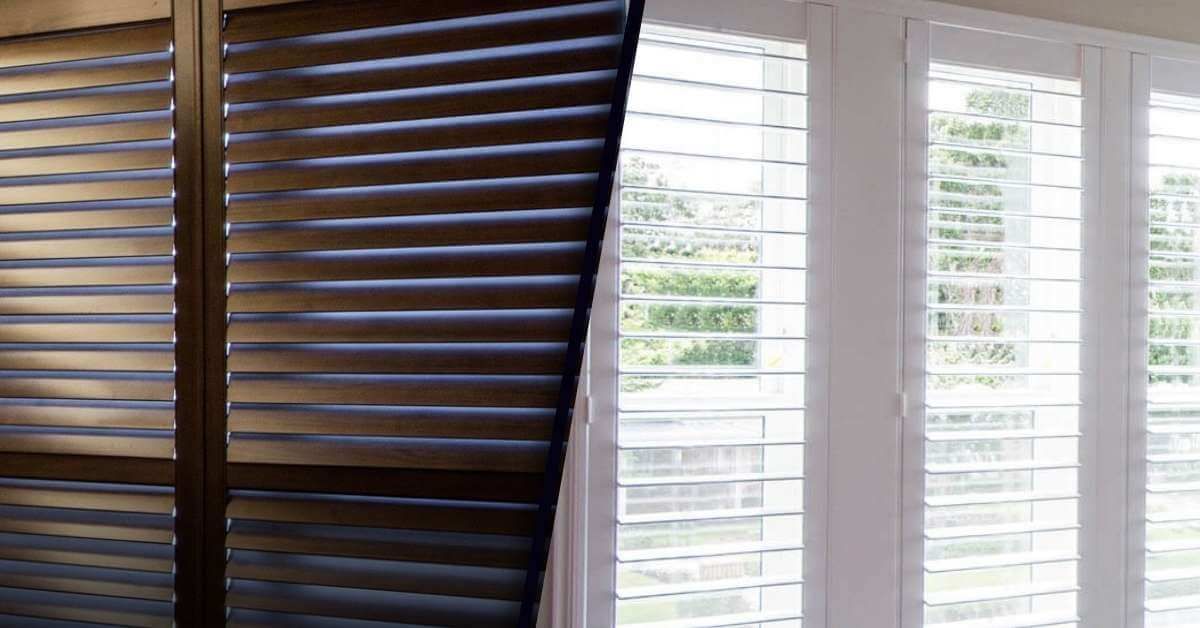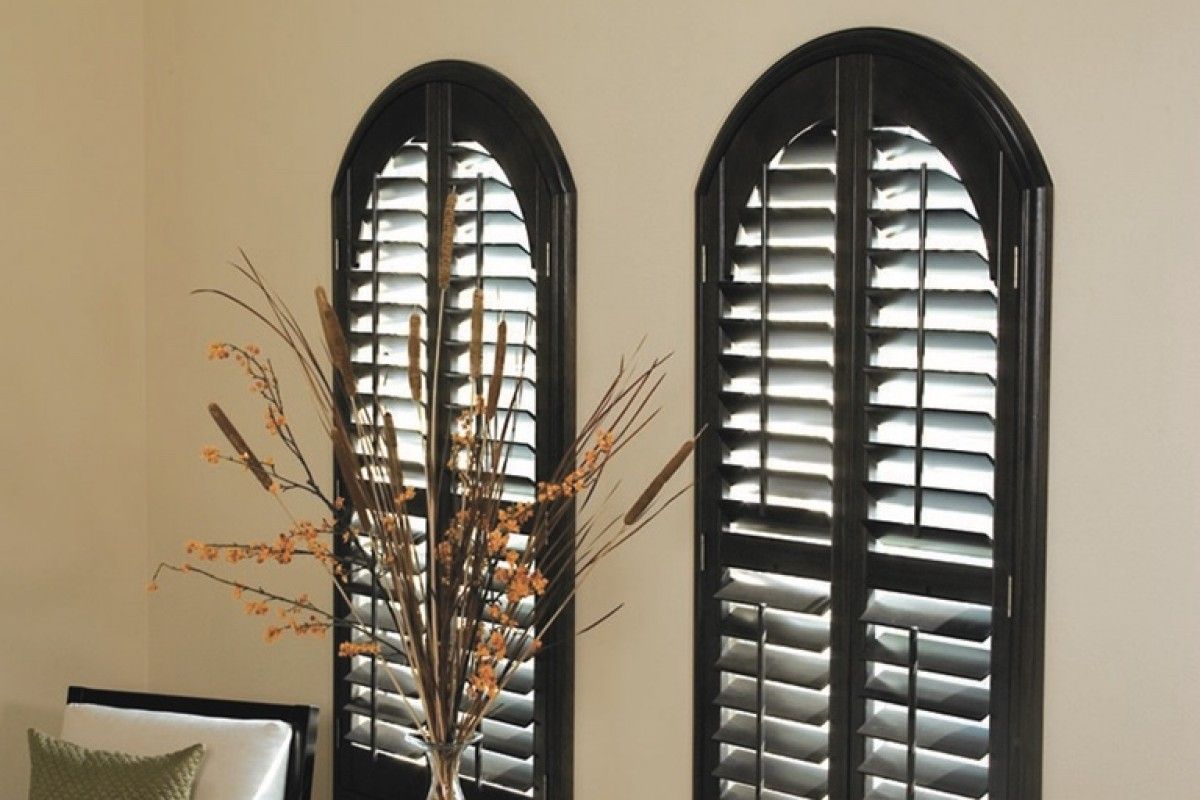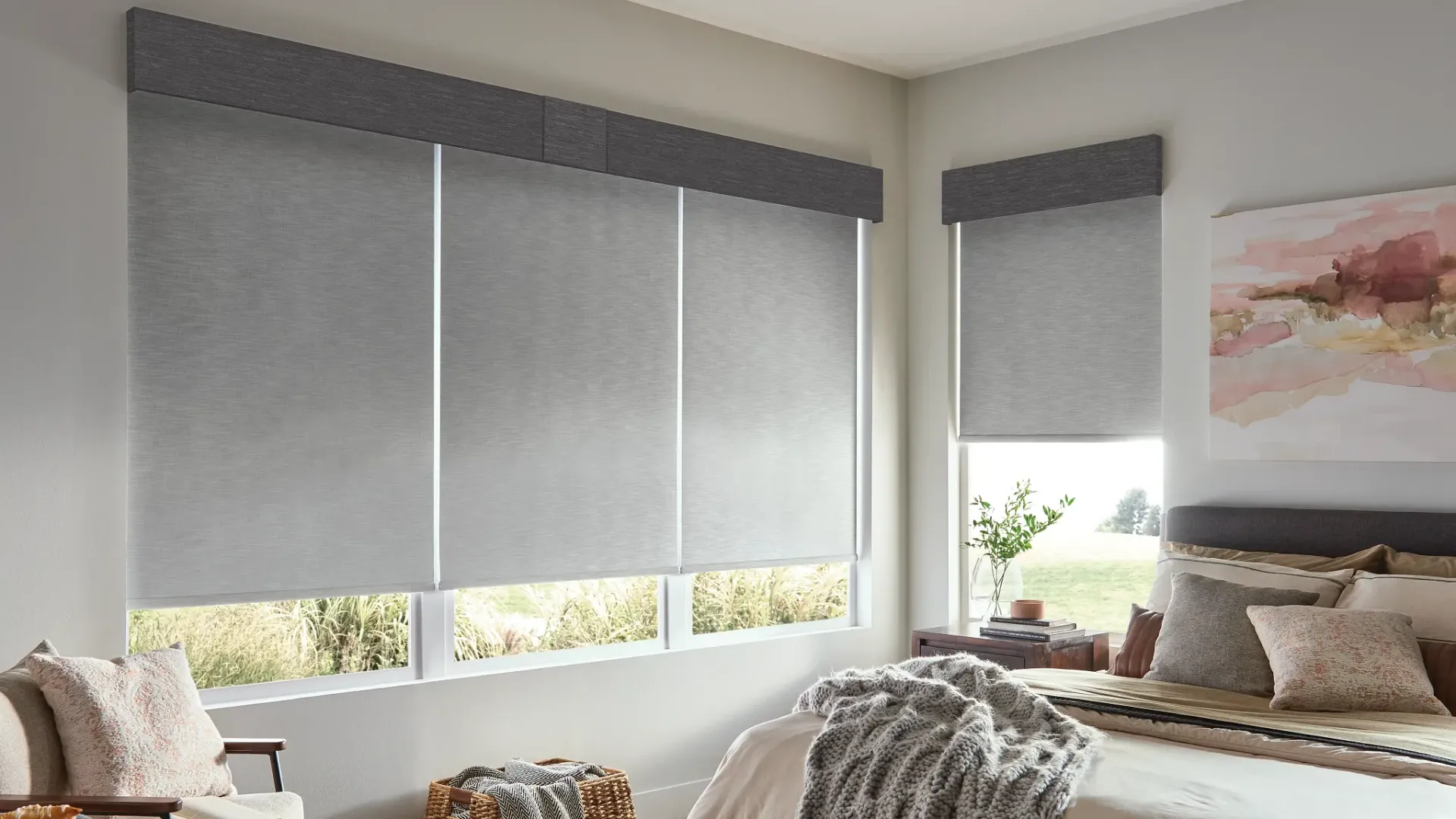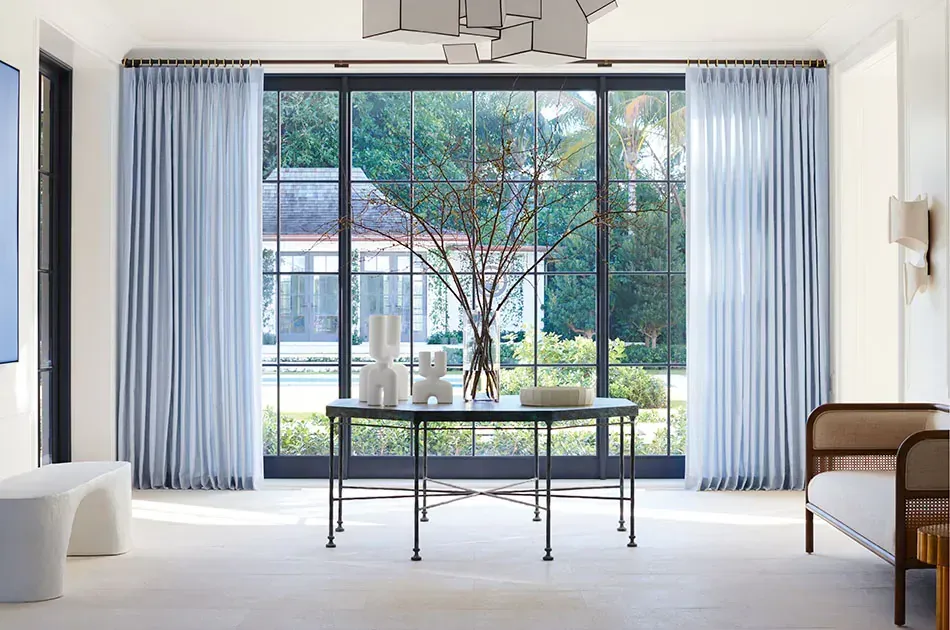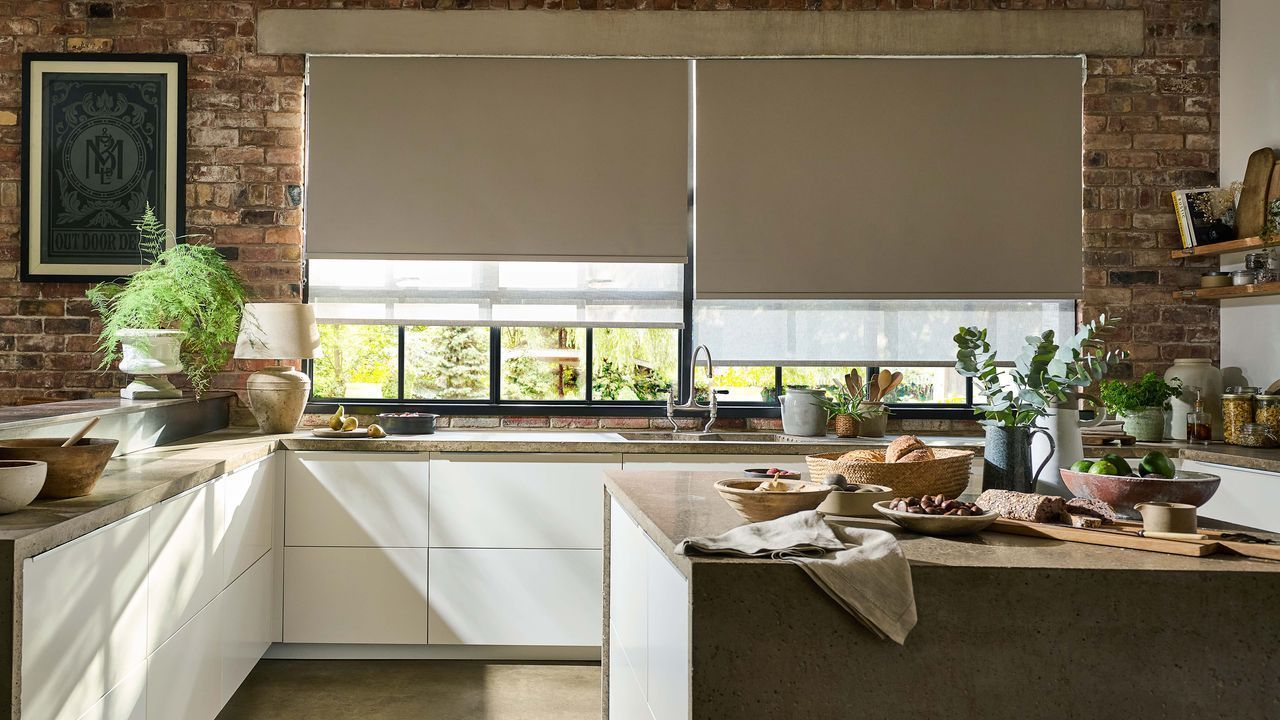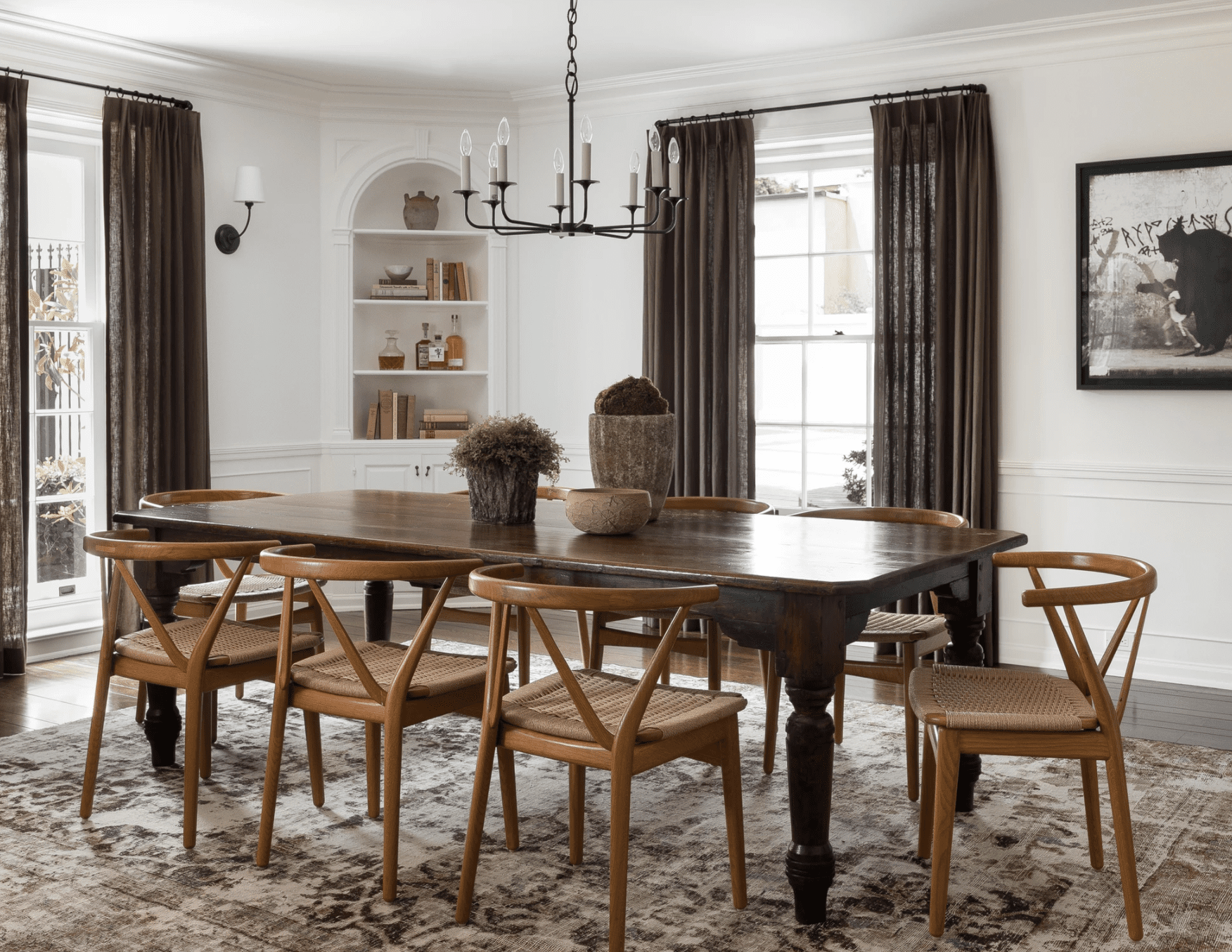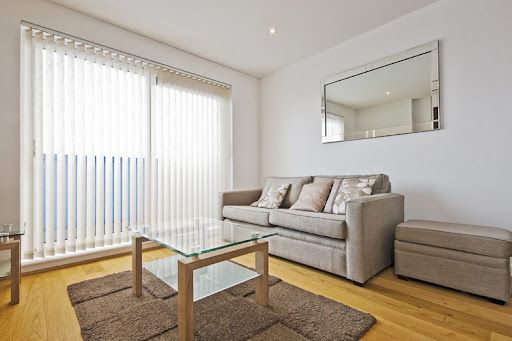LOVE IS BLINDS
How to Choose Weather-Resistant Blinds for All Seasons
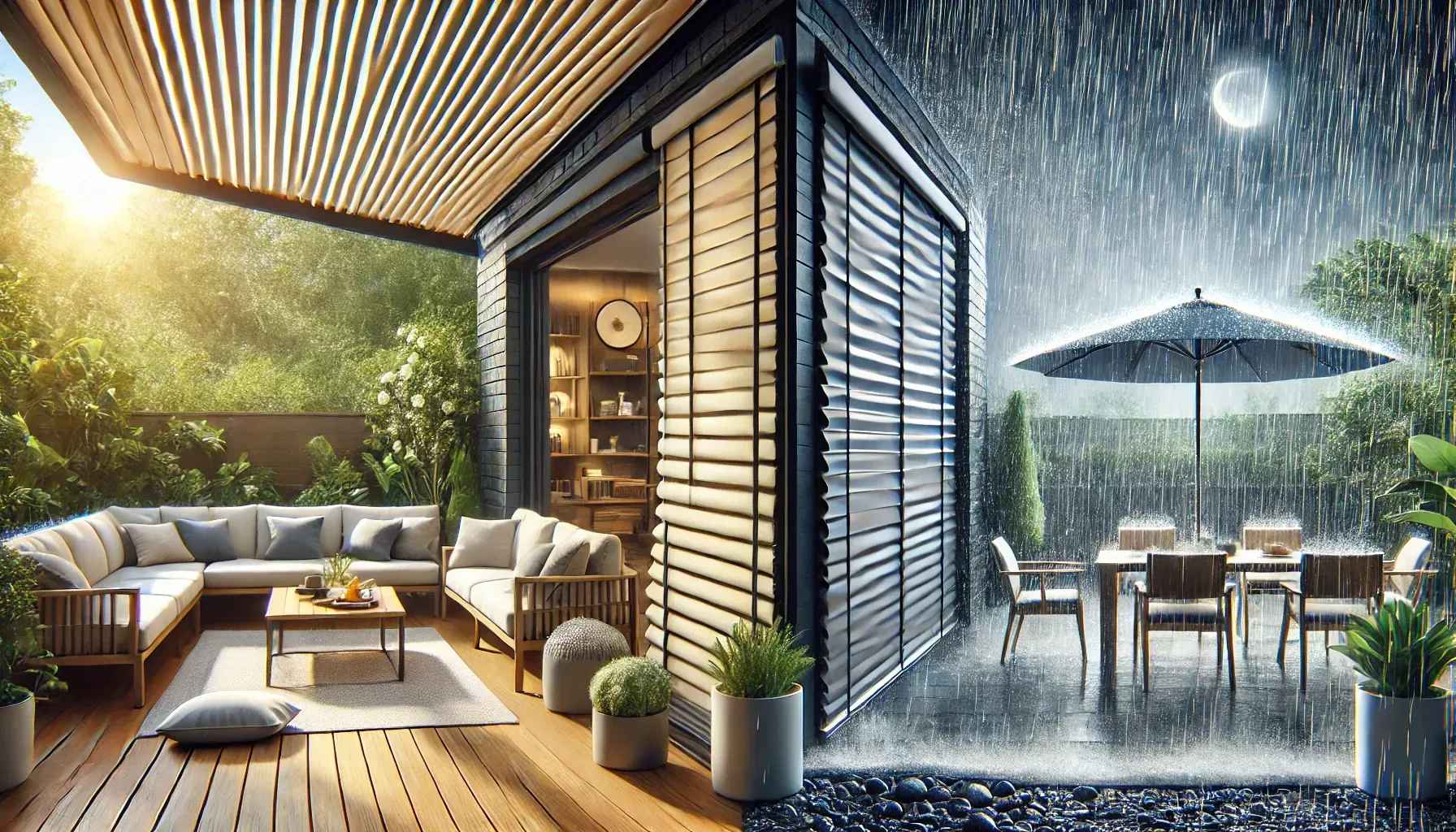
When it comes to selecting blinds for outdoor and indoor spaces that face diverse weather conditions, choosing the right type of weather-resistant blinds can make all the difference. From shielding against intense summer heat to withstanding wet, windy winters, high-quality blinds are essential to both comfort and longevity.
What Are Weather-Resistant Blinds?
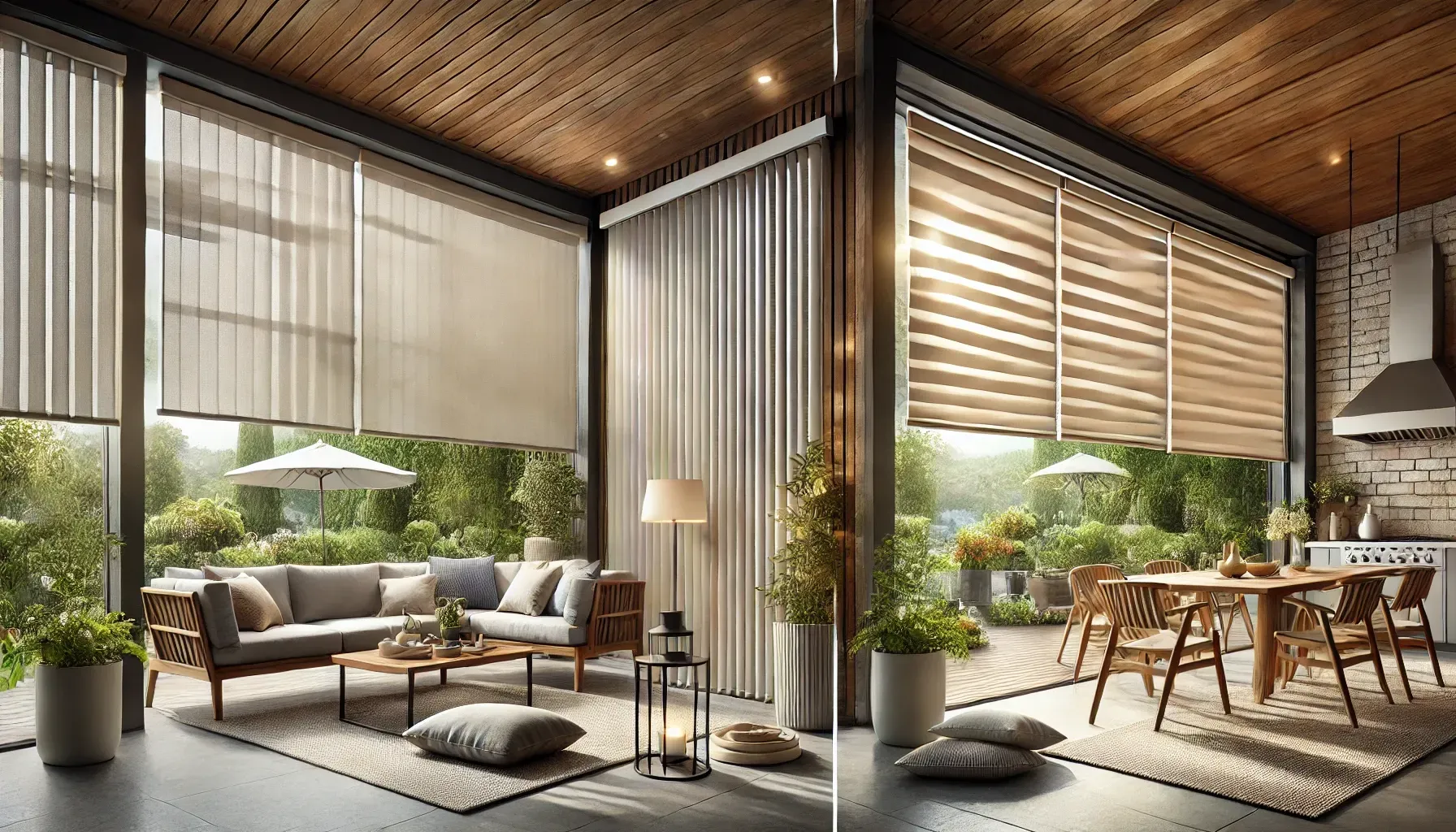
Weather-resistant blinds are designed to withstand various environmental elements—be it sunlight, rain, humidity, or fluctuating temperatures. Made from durable materials and often crafted with specific finishes, these blinds provide functional protection against the elements while maintaining aesthetic appeal. For those in areas with variable weather patterns, choosing blinds with weather-resistant qualities is a practical investment for both outdoor and indoor spaces.
Understanding Materials for All-Season Blinds
1. Vinyl or PVC Blinds
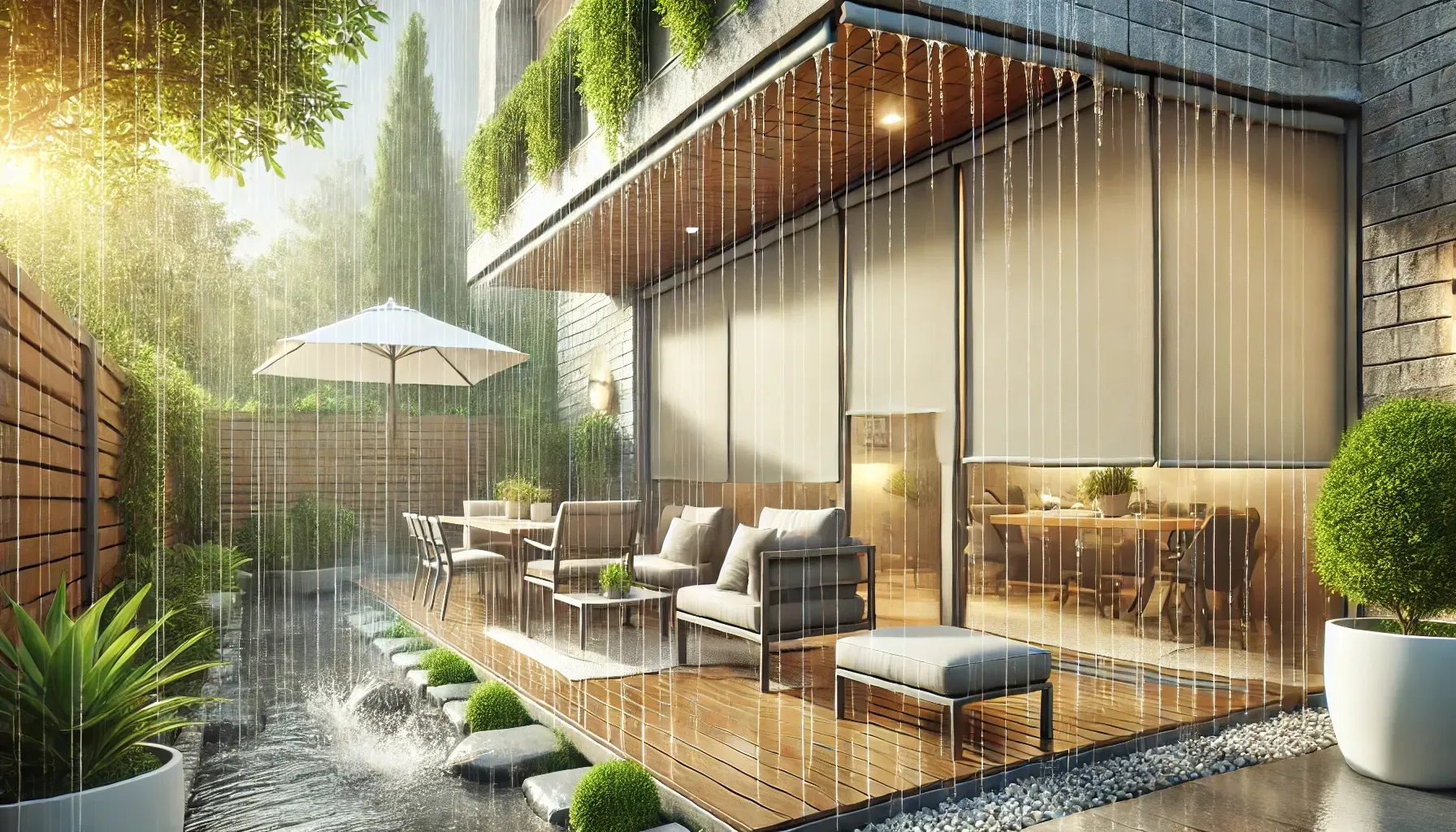
Vinyl and PVC blinds are popular options for outdoor blinds. They are waterproof, highly resistant to moisture, and can withstand prolonged exposure to direct sunlight. Vinyl is known for being both economical and durable, making it ideal for patios, balconies, and other areas exposed to frequent weather shifts.
Key Advantage: Their waterproof nature makes vinyl and PVC blinds a strong choice for areas with high humidity or consistent rain.
2. Acrylic Blinds
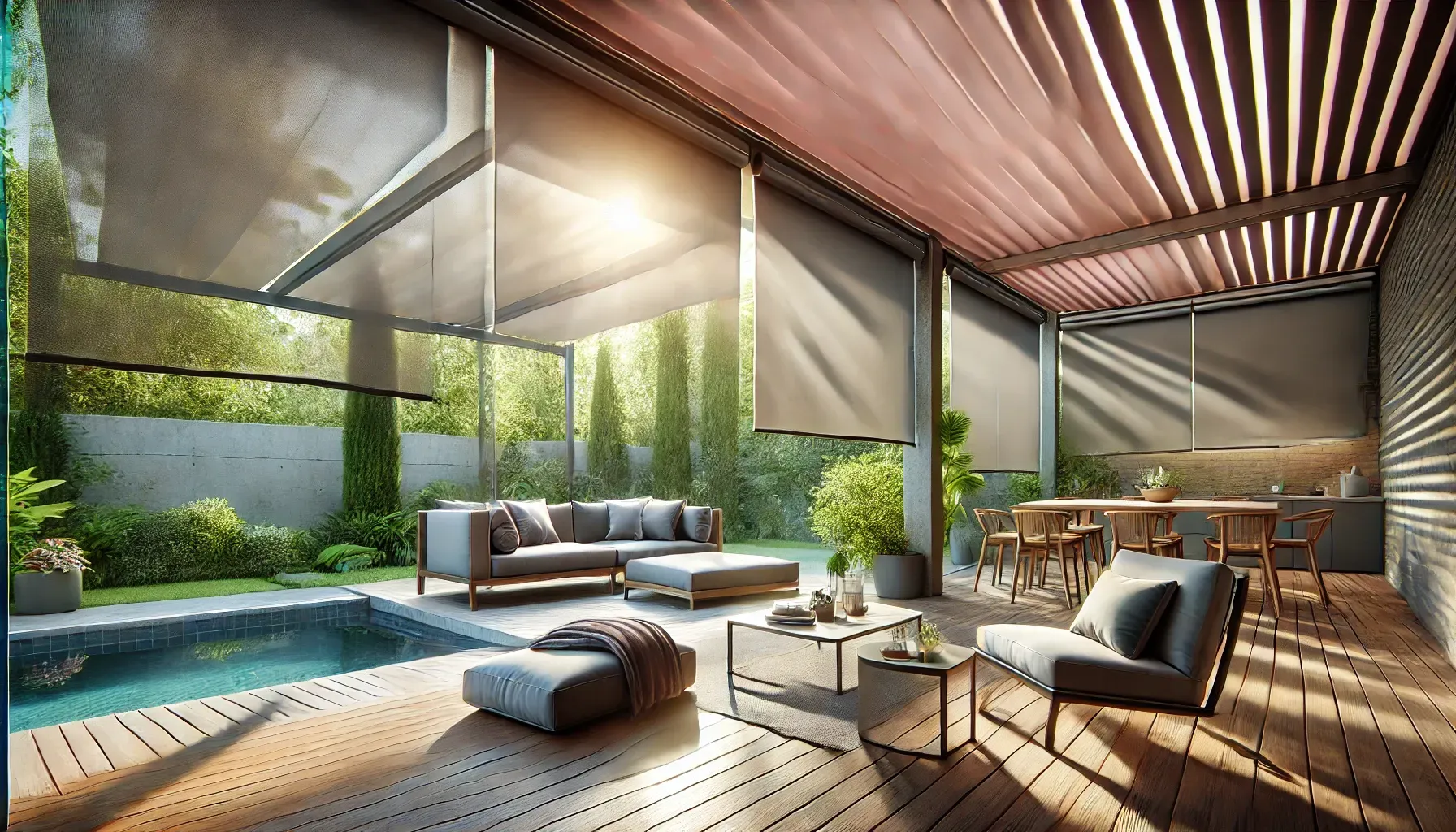
Acrylic fabrics are water-repellent, dry quickly, and offer high UV resistance, making them excellent for sun protection. Additionally, acrylic blinds are available in various colors and styles, providing flexibility in design without sacrificing functionality.
Key Advantage: Their UV resistance keeps them looking vibrant, even in constant sunlight, making them suitable for outdoor spaces like decks or pergolas.
3. Polyester Blinds
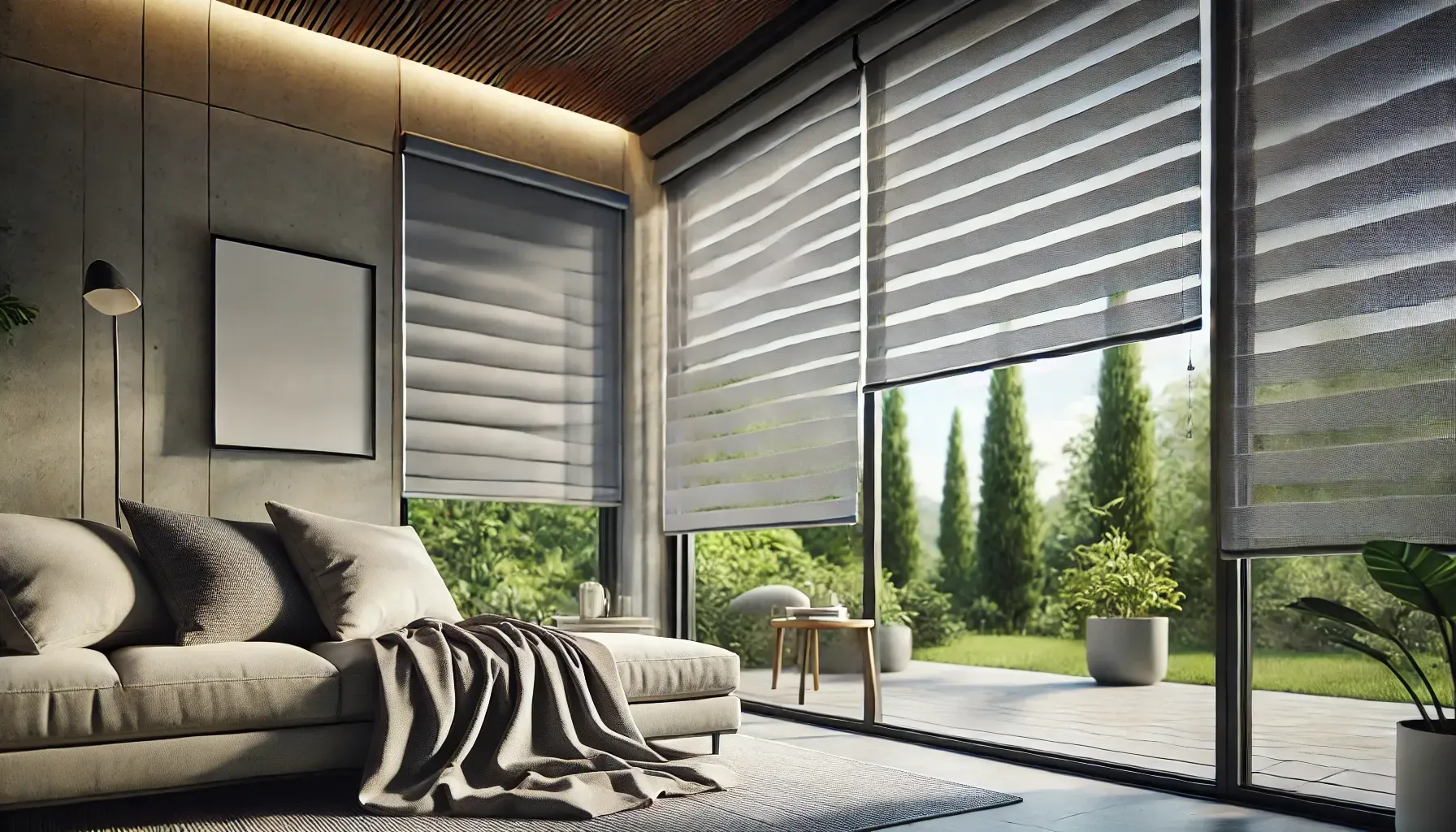
Polyester blinds are well-known for their durability, quick-drying properties, and flame-retardant qualities. While polyester can be used in both indoor and outdoor settings, it’s particularly valuable in climates where temperature and humidity fluctuate.
Key Advantage: They offer a strong balance of durability and quick-drying capability, ideal for areas with unpredictable weather patterns.
4. Marine-Grade Fabric
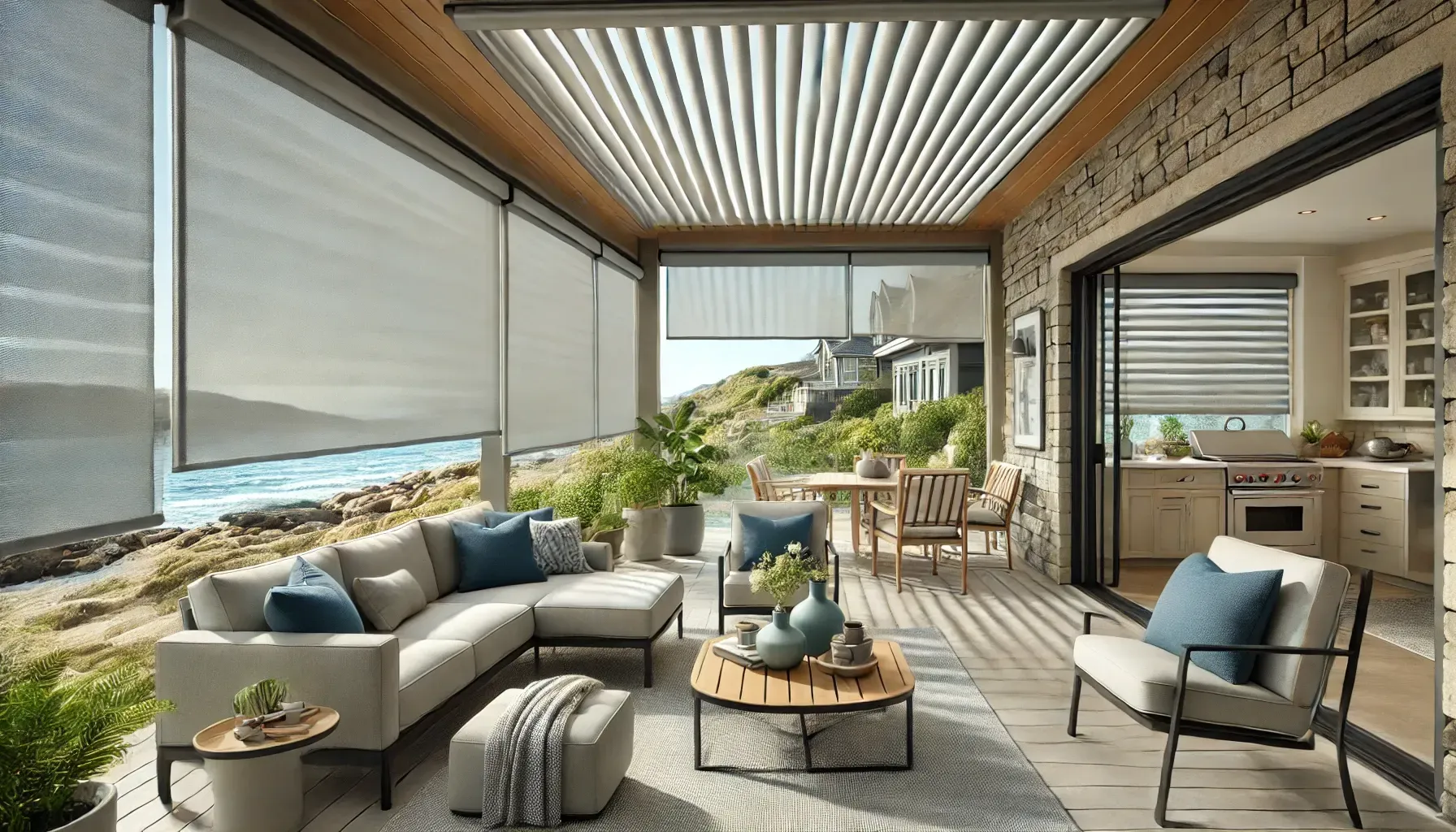
Designed specifically for extreme weather conditions, marine-grade fabric offers superior durability and resilience. These blinds are particularly useful in coastal areas or regions prone to storms, as they can resist salt, wind, and water damage better than other materials.
Key Advantage: Marine-grade fabric stands up to coastal weather challenges, making it a reliable option for beachside homes or storm-prone areas.
Choosing Frames for Weather-Resistant Blinds
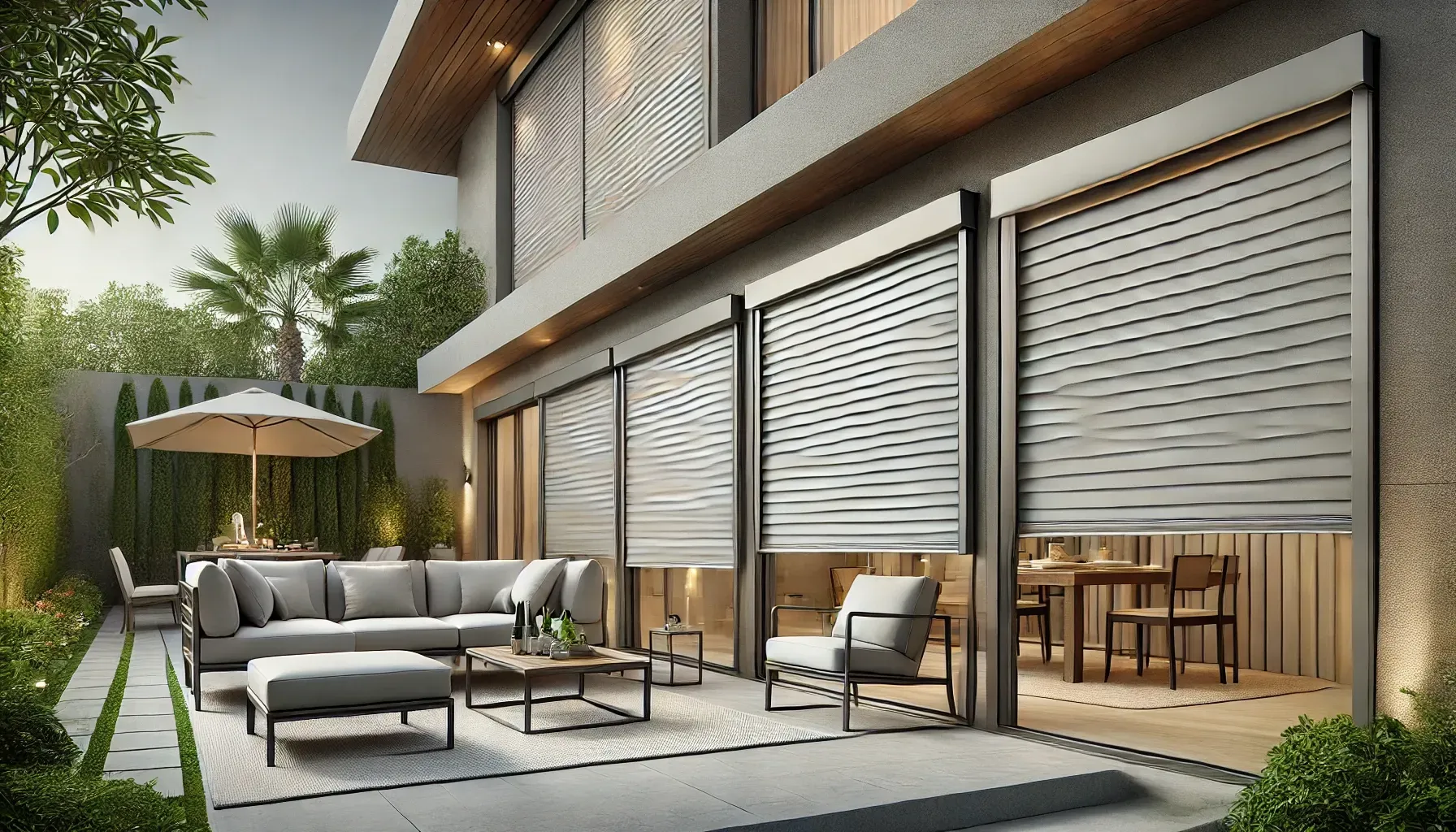
A blind’s frame is another crucial element to consider. The right frame provides stability and ensures that the blinds withstand high winds and other external pressures.
Reinforced Aluminum or Steel Frames
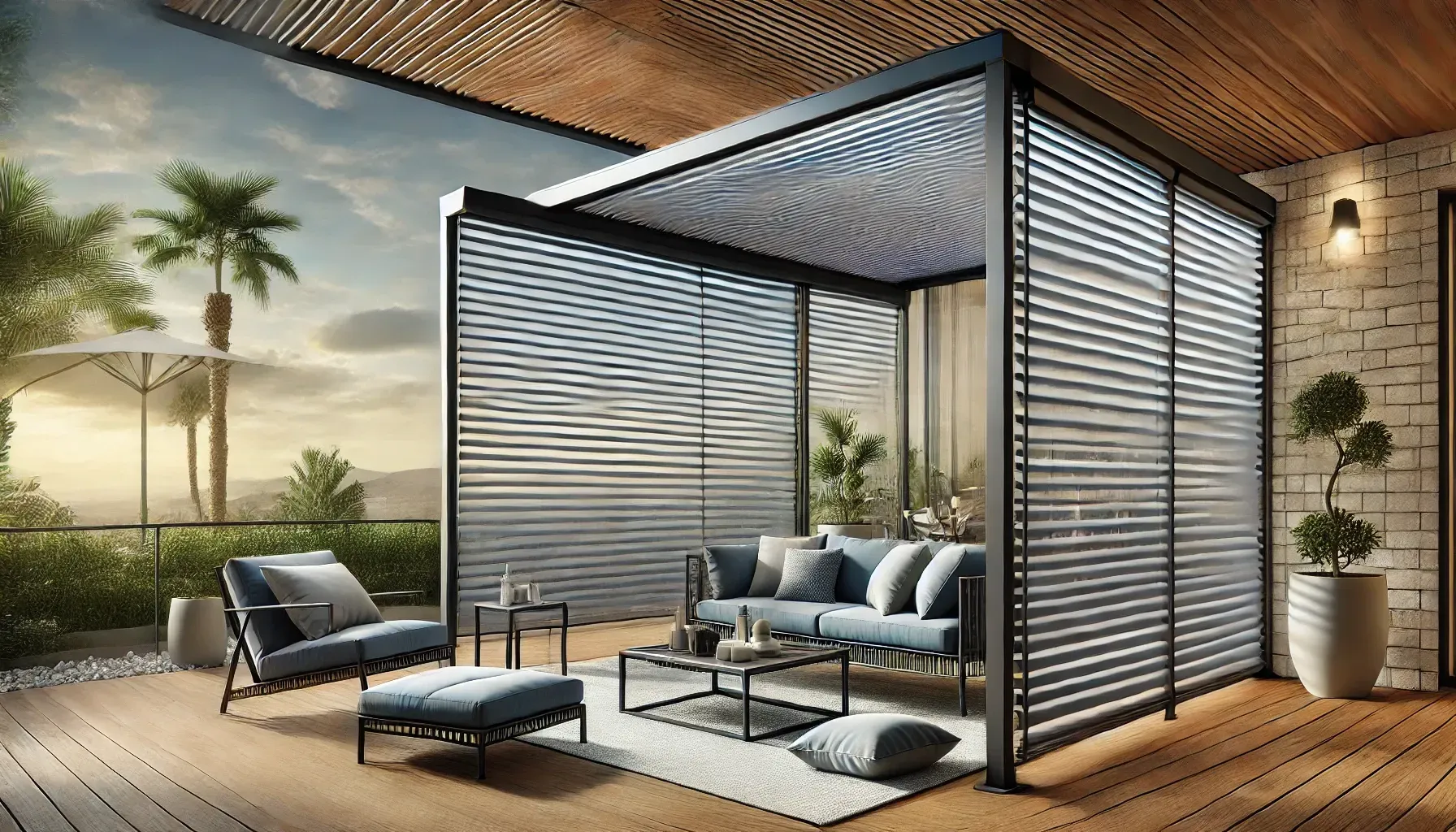
For outdoor blinds that face windy conditions, reinforced aluminum or steel frames add extra stability. Steel frames, while heavier, are excellent for extreme environments, whereas aluminum is lighter and resistant to rust, making it a practical option for humid climates.
Recommendation: Choose a reinforced frame if your blinds will be exposed to frequent or high winds, as this will help maintain their structural integrity over time.
Selecting the Right Color or Finish
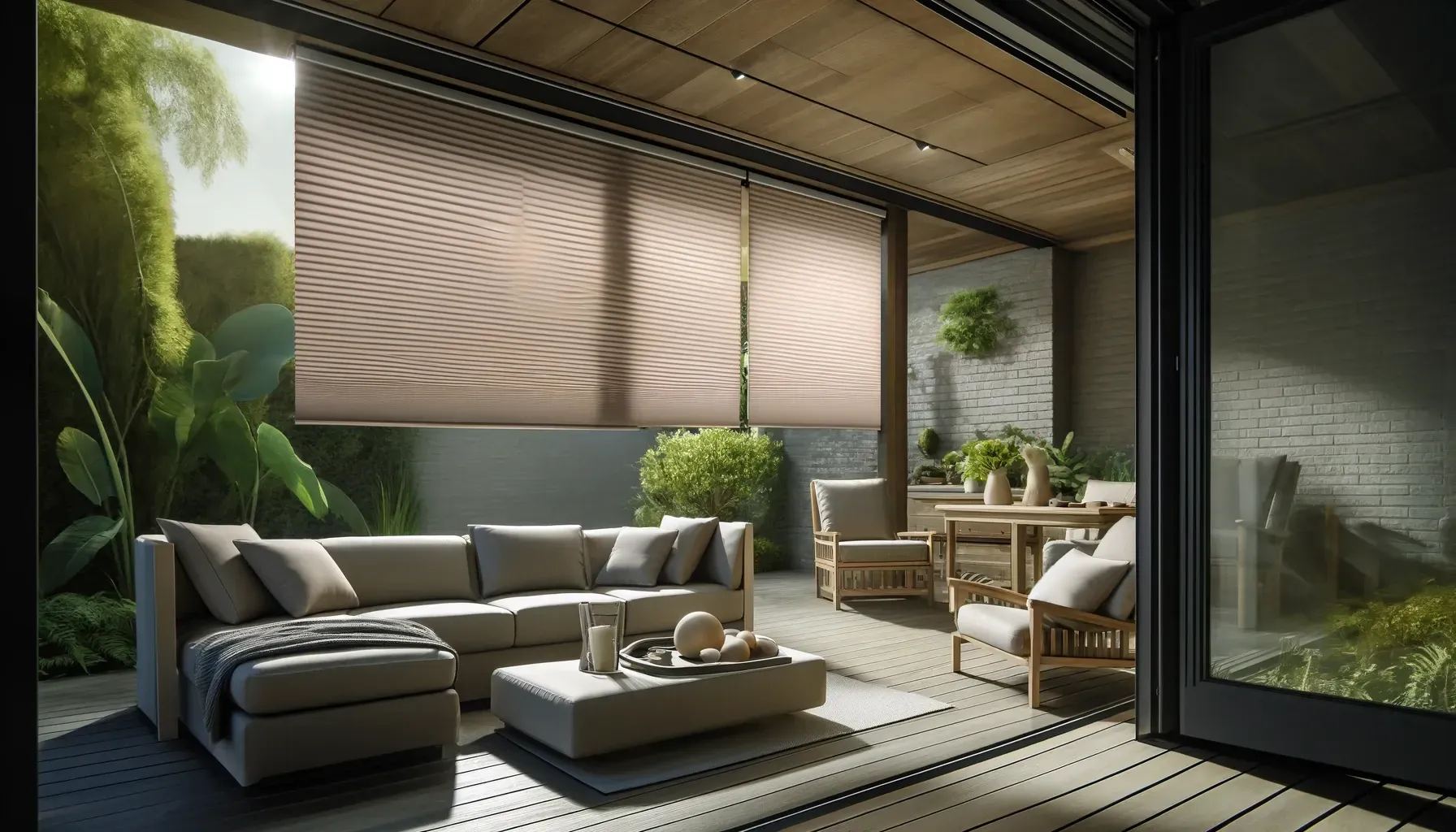
Color and finish impact not only the aesthetics but also the performance of your blinds. UV exposure can cause some colors to fade, so selecting finishes designed to withstand prolonged sun exposure is essential.
Fading Resistance
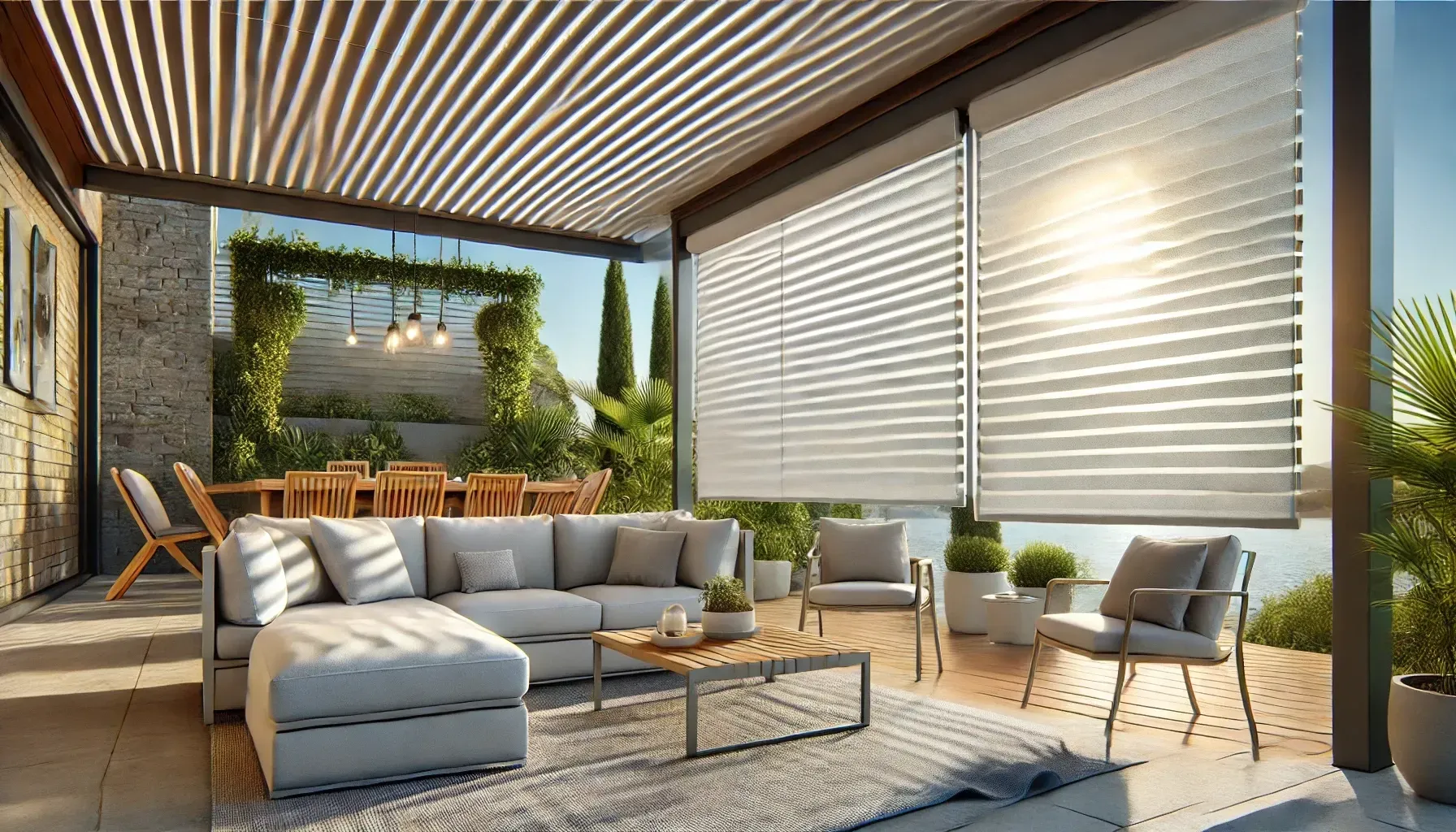
Lighter colors tend to reflect sunlight, reducing the likelihood of fading and helping to keep spaces cooler. Finishes designed for UV resistance are also a smart choice for areas with high sun exposure.
Considering Temperature Regulation with Cellular Blinds
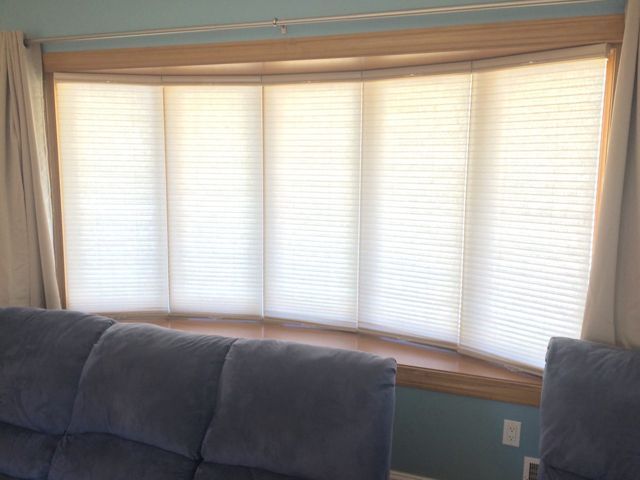
Insulating cellular blinds, also known as honeycomb shades, are a valuable addition for temperature control. Their design traps air within their honeycomb structure, which helps regulate indoor temperatures by keeping heat out in summer and retaining warmth in winter. Additionally, these blinds can contribute to Improving Air Quality with Blinds by reducing drafts that stir up dust and allergens, making them an excellent choice for a healthier indoor environment. If you're selecting blinds for spaces prone to heat and moisture, such as kitchens, check out our Kitchen Blinds Guide for the best moisture-resistant and easy-to-clean options.
Energy Efficiency Benefits
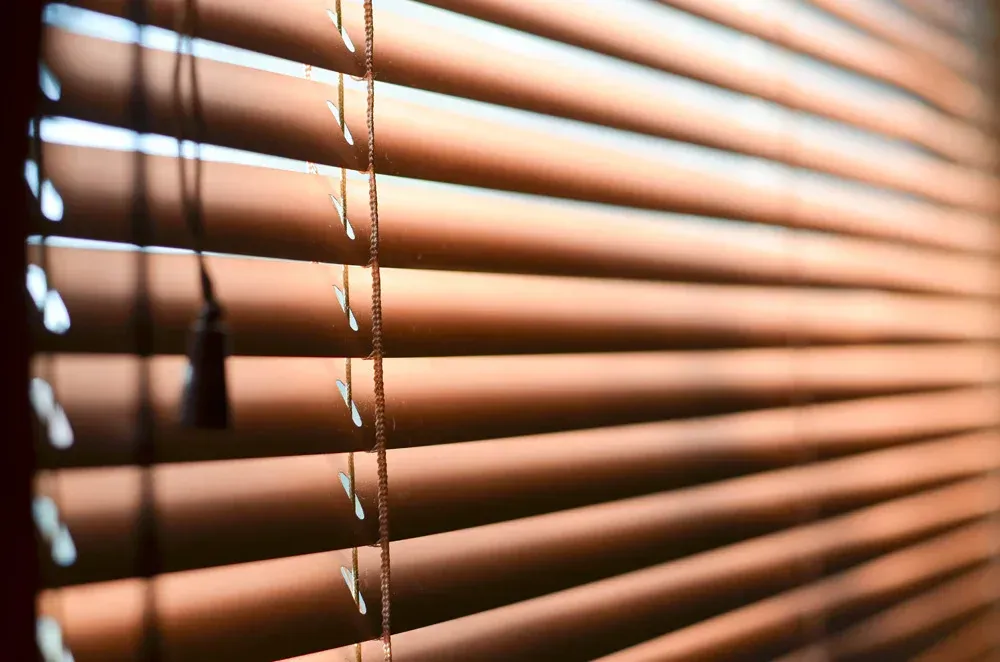
By helping regulate temperature, cellular blinds reduce energy consumption, which can lead to lower heating and cooling costs. Look for blinds certified with the Attachments Energy Rating Council (AERC) Energy Improvement rating for additional peace of mind about their energy-saving properties.
Tips for Choosing Weatherproof Blinds for Year-Round Use
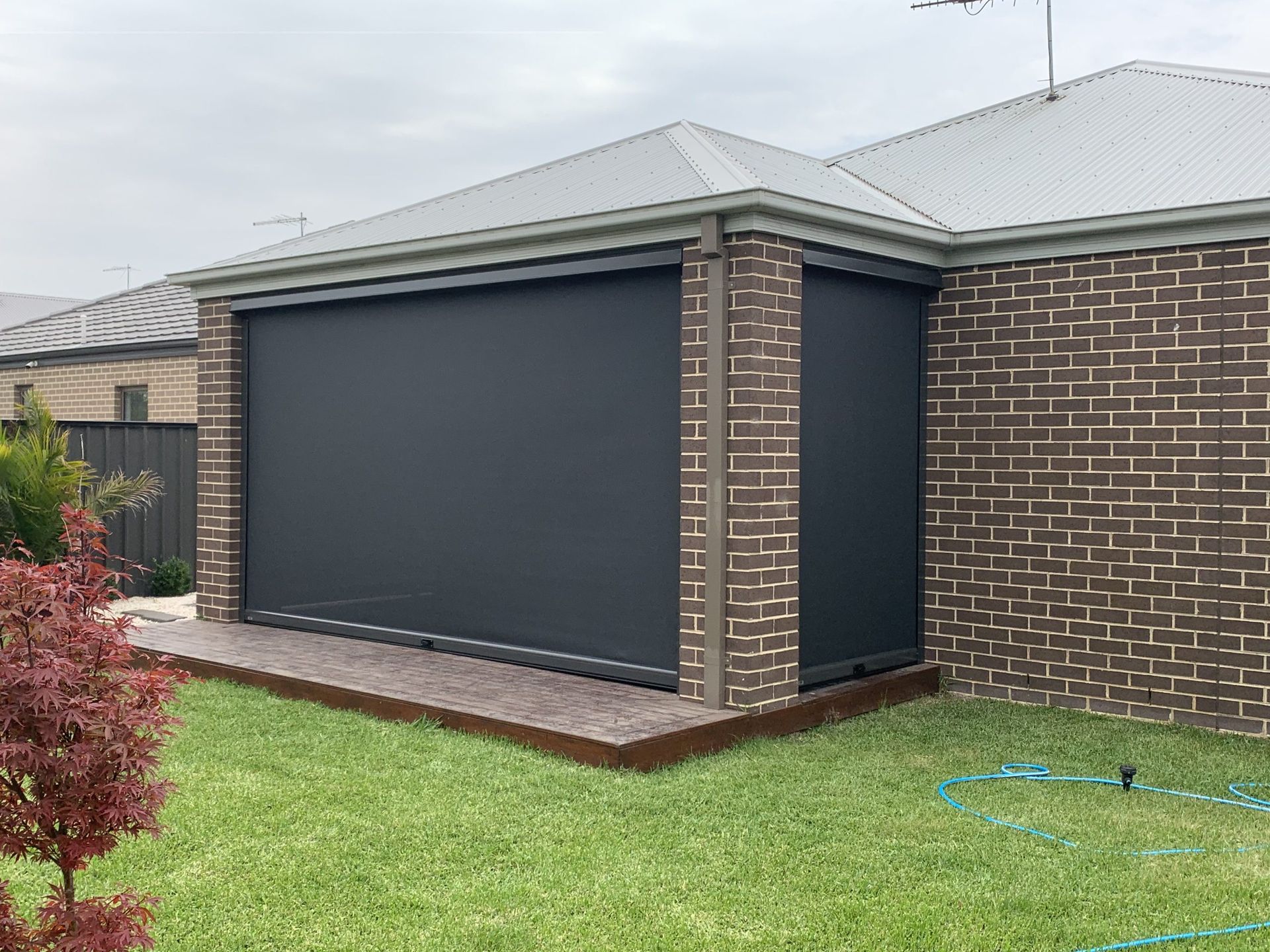
Selecting weather-resistant blinds involves more than just material and frame considerations. Here are additional factors to keep in mind:
- Assess Your Local Climate: Different areas experience distinct weather patterns. Blinds suited for the heat and humidity of tropical areas might differ from those needed in windy, storm-prone regions.
- Budget: Balancing cost with quality is important. Some materials may have a higher upfront cost but pay off in longevity and durability.
- Installation Location: Consider whether the blinds will be used indoors, outdoors, or in a partially covered area, as this will impact material selection and maintenance requirements.
Pros and Cons: What Weather-Resistant Blinds Offer
Opting for weather-resistant blinds can provide a range of benefits, from extended durability to improved comfort in various weather conditions. However, there are also potential drawbacks, such as a higher initial investment and the need for specialized materials. Additionally, when it's time to replace or update your window treatments, you'll need to know how to remove blinds efficiently—especially if you're working with hidden brackets. Comparing options and weighing the pros and cons is essential to ensure that you choose blinds that offer the best combination of durability, aesthetics, and cost-efficiency for your needs.
Conclusion
Choosing weather-resistant blinds for all seasons requires thoughtful consideration of material, frame, color, temperature regulation, and energy efficiency. Whether you're looking for affordable outdoor blinds or investing in premium, marine-grade options, finding the right solution ensures that your blinds can handle whatever the seasons bring.
From UV-resistant acrylic blinds to durable marine-grade fabrics, weather-resistant blinds add both comfort and longevity to any space, allowing you to enjoy your environment year-round with minimal maintenance.
Need to setup a Repair Appointment?


